Sign up for workout ideas, training advice, reviews of the latest gear and more.

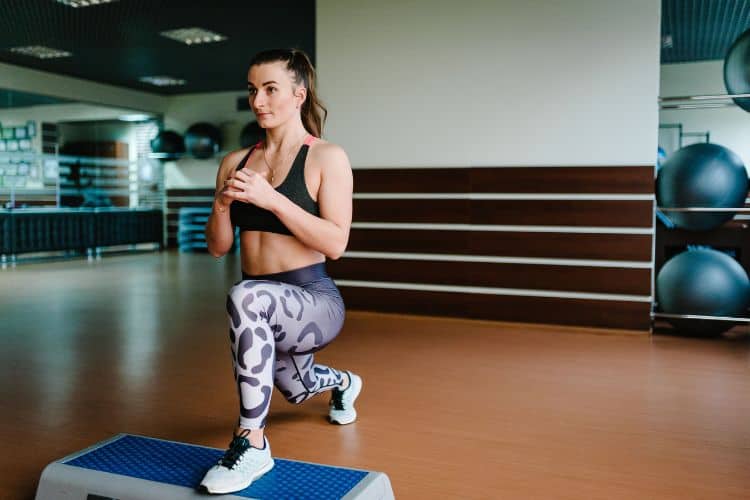
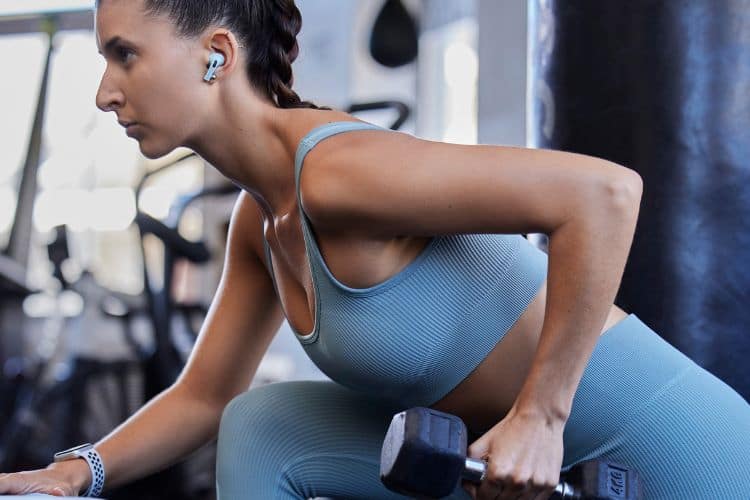
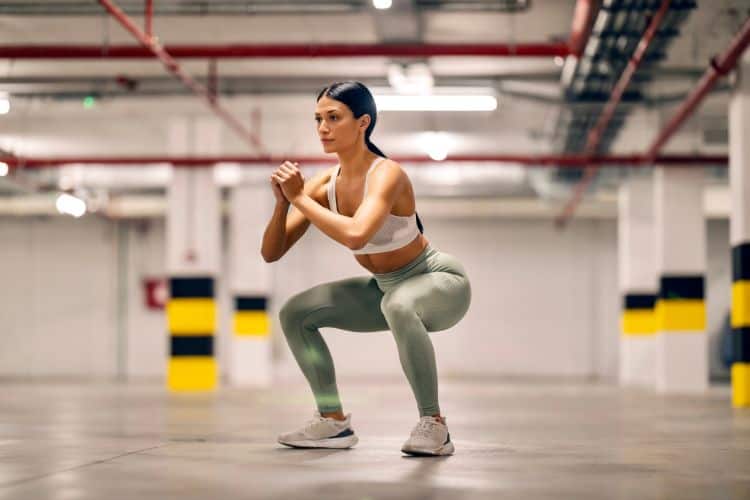
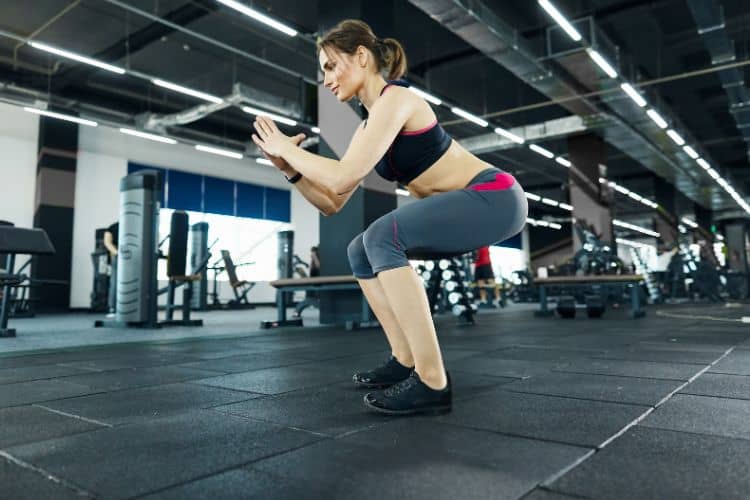
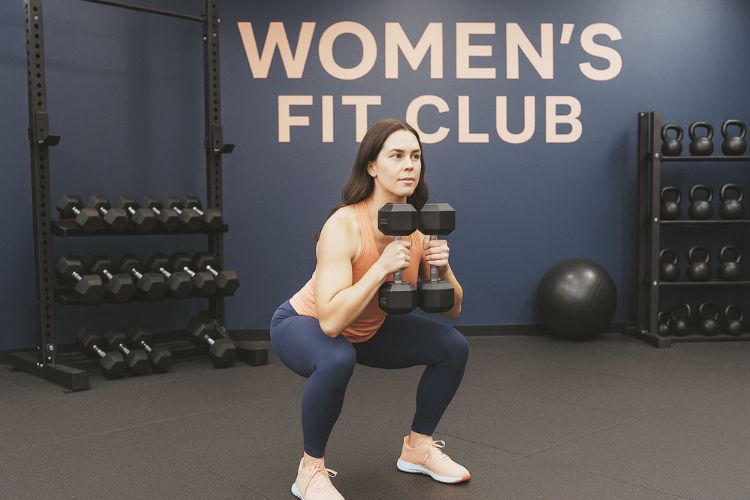
Building strong, toned legs doesn’t require hours in the gym — just consistency, smart programming, and progressive overload. This 30-minute progressive overload leg workout is designed for women who want to sculpt lean muscle, increase lower-body strength, and enhance endurance, all within a short, effective session. Whether you train at home or in the gym, this structured routine combines compound movements, targeted isolation work, and load progression to help you make steady, visible gains.
Progressive overload is a foundational principle of strength training. It means gradually increasing the demand on your muscles over time — through heavier weights, more reps, shorter rest periods, or added training volume.
When your muscles are consistently challenged beyond what they’re used to, they adapt by growing stronger, more powerful, and more defined.
Your lower body contains the largest muscles in your body — glutes, hamstrings, quadriceps, and calves. Strengthening these not only tones and shapes your legs but also improves posture, mobility, and athletic performance.
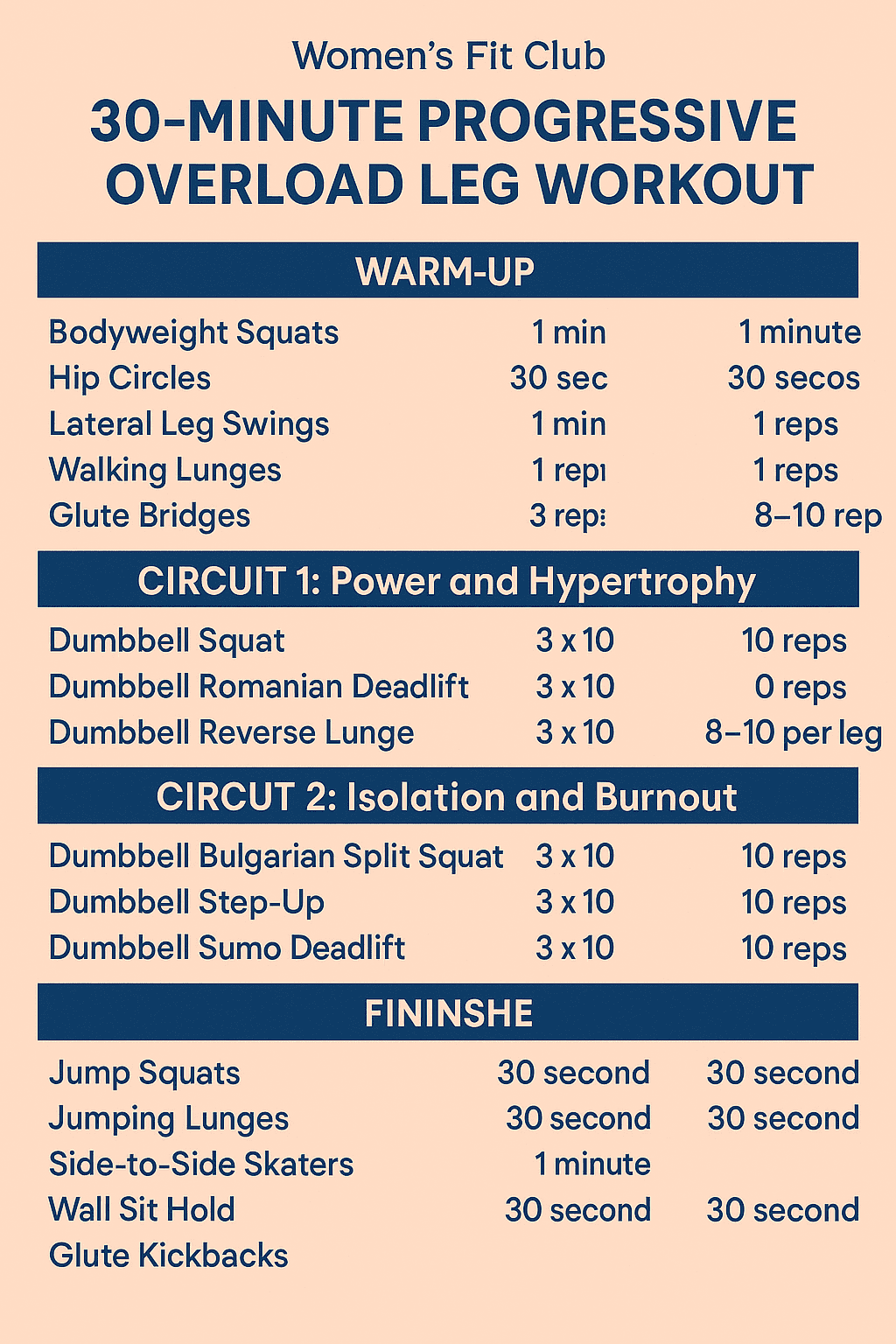
This workout is divided into four main circuits that progressively increase intensity. It’s perfect for home or gym use — all you need is a pair of dumbbells and a mat or bench.
Before diving into heavy work, prepare your joints and muscles. A proper warm-up boosts blood flow, reduces injury risk, and improves performance.
Keep movements controlled and intentional. Focus on engaging your glutes and activating your hips before starting heavier lifts.
This circuit establishes a strong base for your workout. Perform 3 rounds, resting 45 seconds between rounds.
Sets: 3 | Reps: 10–12
Hold a dumbbell in each hand at your sides. Lower your hips back and down as if sitting into a chair. Keep your chest lifted and core tight. Push through your heels to return to standing.
Progressive Overload Tip: Increase weight weekly or aim for 2 extra reps per session.
Sets: 3 | Reps: 10
Hold dumbbells in front of your thighs. Hinge at the hips, keeping your back straight and knees slightly bent. Lower until you feel a stretch in your hamstrings, then return to standing.
Focus: Strengthens hamstrings and glutes while enhancing posterior-chain flexibility.
Sets: 3 | Reps: 8–10 per leg
Step one leg back into a lunge, lowering until both knees form 90-degree angles. Push through your front heel to return. Alternate legs.
Progressive Overload Tip: Add weight, reps, or reduce rest time between sets.
Now that your muscles are primed, we increase the challenge. Perform 3 rounds of this circuit with 30–40 seconds rest between rounds.
Sets: 3 | Reps: 10 per leg
Place your back foot on a bench behind you. Hold dumbbells at your sides and lower until your front thigh is parallel to the floor. Push through the heel to stand tall.
Progressive Overload Tip: Add small weight increments weekly or increase time under tension by slowing your tempo.
Sets: 3 | Reps: 10 per leg
Using a bench or sturdy platform, step up with your right leg, pressing through your heel to rise. Lower back down with control. Switch sides.
Focus: Builds single-leg strength, stability, and glute activation.
Variation for overload: Add a knee drive at the top to increase balance challenge.
Sets: 3 | Reps: 10
Stand with feet wider than hip-width, toes slightly turned out. Hold dumbbells between your legs. Lower your hips, keeping your chest upright, then drive through heels to stand tall.
Targets: Glutes, inner thighs, and hamstrings.
This circuit targets smaller stabilizing muscles and pushes your endurance. Perform 2–3 rounds with 30 seconds rest between each.
Sets: 3 | Reps: 15
Place a dumbbell on your hips, knees bent, feet flat. Lift hips toward the ceiling, squeezing glutes at the top. Lower slowly.
Progressive Overload Tip: Increase the dumbbell weight or hold at the top for 2–3 seconds each rep.
Sets: 3 | Reps: 15–20
Stand tall holding dumbbells at your sides. Raise heels as high as possible, then lower with control.
Optional Overload: Stand on a platform for greater range of motion.
Sets: 3 | Reps: 10 + 10 pulses
Hold a single dumbbell at your chest. Lower into a squat and perform small pulses at the bottom before returning to standing.
Burnout Focus: Deep muscle fatigue to enhance tone and endurance.
Wrap up with bodyweight moves that engage fast-twitch fibers and elevate your heart rate.
Repeat once more for a total of 5 minutes. This finisher not only enhances explosive strength but also improves metabolic conditioning for a full lower-body burn.
Finish with deep stretches to improve flexibility and recovery.
Stretching supports recovery and maintains joint mobility — essential for progressive overload training.
To see real results, track and adjust your training load weekly. Here’s a sample 4-week progression plan:
| Week | Focus | Weight/Intensity Goal |
|---|---|---|
| Week 1 | Foundation | Learn form, start with light weights |
| Week 2 | Volume | Add 2 reps to each set |
| Week 3 | Load | Increase weight by 5–10% |
| Week 4 | Power | Slow tempo, focus on controlled reps |
If you’re working out at home with limited equipment, you can still overload your muscles by changing variables beyond weight:
Perform the lowering (eccentric) phase over 3–4 seconds for greater tension.
Use steps or platforms for deeper lunges and squats.
Pause for 2–3 seconds at the bottom of a squat or lunge.
Shorter recovery between sets boosts intensity and endurance.
Adding a fourth round to a circuit increases total volume without heavier equipment.
Progressive overload requires fuel and recovery support. Here’s how to complement your leg workouts:
This 30-minute progressive overload leg workout suits a wide range of fitness levels:
Strong legs empower your every move — from walking stairs to sprinting after goals. With just 30 minutes of focused effort, this progressive overload leg workout delivers measurable strength gains, enhanced muscle tone, and improved endurance.
Remember: consistency trumps perfection. Stick to the plan, track your progress, and watch your lower body transform over time. Combine this with proper nutrition, rest, and mindset, and you’ll unlock your full potential — both in and out of the gym.
Stay up to date on the latest women’s health, fitness and lifestyle trends and tips.